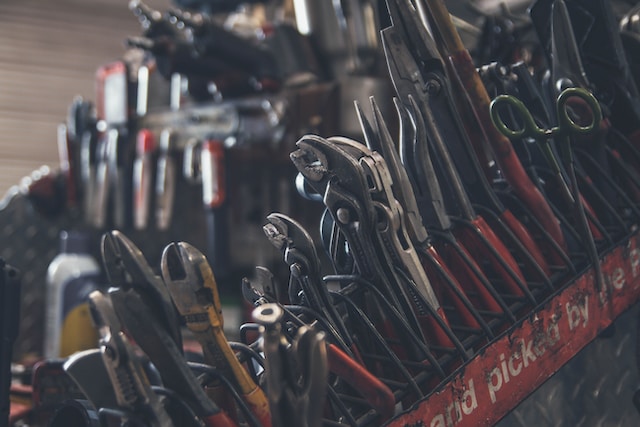Productivity and efficiency are terms manufacturers hear tossed around daily. But what exactly do they mean?
Manufacturing efficiency is determined by dividing standard outputs by actual inputs. The result represents your production capability compared to your competitors or the industry benchmark. Several factors influence efficiency, but one of the biggest is your tool design.
Tool design is a critical factor in manufacturing efficiency, as it directly impacts the quality and productivity of the manufacturing process. Proper tool design can streamline operations, reduce waste, enhance product quality, and increase efficiency.
Increased Productivity
Employers want you to understand the importance of creating durable, efficient, easy-to-maintain tools. This question helps them gauge your ability to prioritize tasks, juggle multiple deadlines, and ensure that the work you complete meets company standards.
A well-implemented tool design will reduce cycle times, allowing manufacturers to create more high-quality products in less time. This is particularly important for highly specialized products that require an extended manufacturing process.
Engineering firms must implement DFM from the beginning of the design process to avoid making costly design changes later. A thorough DFM evaluation of existing design and manufacturing operations should reveal several avenues for improvement. These areas of improvement may include reducing machining forces and eliminating burr formation. These improvements can lead to reduced manufacturing costs and increased productivity.
Reduced Errors
Using an efficient design and implementing mistake-proofing measures, manufacturers can prevent errors that result in costly rework. One way they can do this is by utilizing better tool design.
When designing tools, consider their durability, safety, and accessibility for maintenance.
Optimized Workflow Sequences
Precision tooling is crucial in continuous improvement and optimization efforts, helping engineers meet production goals and exceed customer expectations. To support this pursuit of operational excellence, engineering teams use advanced software to automate manual processes, reduce costs, and improve workflow efficiency.
This question tests your ability to prioritize tasks, delegate responsibilities, and clarify communication channels. It also demonstrates your knowledge of how to streamline complex projects. Prioritizing is especially important for a position like tool design engineering, which involves multiple deadlines and tasks that depend on each other.
Perform performance profiling on your current processes to assess the time it takes for each tool in your workflow to process data. You can then re-design your workflow with performance in mind. This will help you achieve the desired results quickly and with fewer errors.
Reduced Manufacturing Costs
A significant part of manufacturing involves reducing costs to increase profit and stay competitive. Streamlining the production process is a common way to cut costs without sacrificing quality.
Another way to reduce manufacturing costs is through better tool design. Tools, materials, and assembly methods can significantly lower costs. Designing for manufacturability (DFM) during the early stages of product development is a crucial aspect of this.
Effective tool design can save costs through reduced material usage, energy efficiency, and minimized labor and maintenance expenses.
Enhanced Product Quality
Tooling design is essential for ensuring that products created meet specific requirements. Using better, more efficient tools reduces cycle times and allows for higher-quality results with less downtime.
Tolerance is another factor to consider. Tight tolerances can increase manufacturing costs through additional machining or the need for secondary processes. Creating tools with looser tolerances helps lower costs while meeting the product’s functional requirements.
Tools can be customized for specific manufacturing needs, leading to significant efficiency gains, especially in industries with unique requirements.
In summary, tool design is a critical aspect of manufacturing efficiency. Well-designed tools can increase productivity, reduce costs, improve product quality, and optimize the overall process. Manufacturing organizations prioritizing tool design as part of their continuous improvement efforts can gain a competitive advantage in the marketplace.

